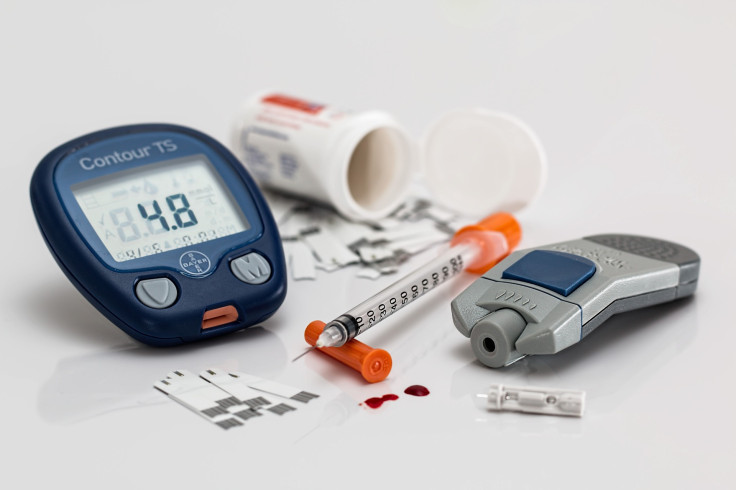Gardening, Dancing, and Brisk Walks Can Reduce Diabetes Risk by 75%, Study Shows
Several studies have shown that physical activity can help manage diabetes effectively. Being active improves insulin sensitivity, enabling better regulation of blood sugar levels. Regular physical activity also helps control blood sugar directly, preventing spikes and promoting stability.
At least 150-300 minutes of moderate-intensity workout per week is recommended for adults with diabetes to sustain good health. A new study has said that diabetes can be prevented altogether by engaging in regular physical activity, such as gardening, dancing, or going for brisk walks.
The study, published in The British Journal Of Sports Medicine, noted that those who engaged in more than an hour of moderate to vigorous exercise per day had a 74% lower risk of developing health issues compared to their peers.
Even if someone had a higher chance of developing certain health problems due to their genes, they still experienced the same advantages. Surprisingly, those with a high genetic risk who engaged in regular exercise witnessed an even greater reduction in their likelihood of falling ill compared to those with a low genetic risk who did not exercise, The Exponent reported.
"We are unable to control our genetic risk and family history. But this finding provides promising and positive news that through an active lifestyle, one can fight off much of the excessive risk for type 2 diabetes," said the study senior author Professor Melody Ding of Sydney University.
The study is the first of its kind to establish that exercise counteracts the risk of diabetes, even in those who are genetically vulnerable.
The team from Australia monitored a group of 59,325 adults who were part of the UK Biobank--a database that contains extensive information about the genes and health of approximately half a million individuals.
At the beginning of the study, participants were equipped with wrist-worn accelerometers, and their progress was observed for a duration of up to seven years.
The study lists some activities to be effective in curbing diabetes such as running, aerobic dancing, cycling at a fast pace or uphill, and engaging in demanding gardening tasks such as digging--all of which are examples of vigorous-intensity physical activities that make you breathe heavily or leave you out of breath.
"Our hope is that this study will inform public health and clinical guidelines so that it can help chronic disease prevention for health professionals, organizations and the public," said Ding.
"I am so delighted to share our research results with a broad audience to let people know that physical activity is health-enhancing, especially for people with high genetic risk," said the study lead author Susan Luo, a Ph.D. candidate at Sydney University. "If you have a family history of type 2 diabetes, or even if you don't, today is the day to start being physically active."

Published by Medicaldaily.com



























